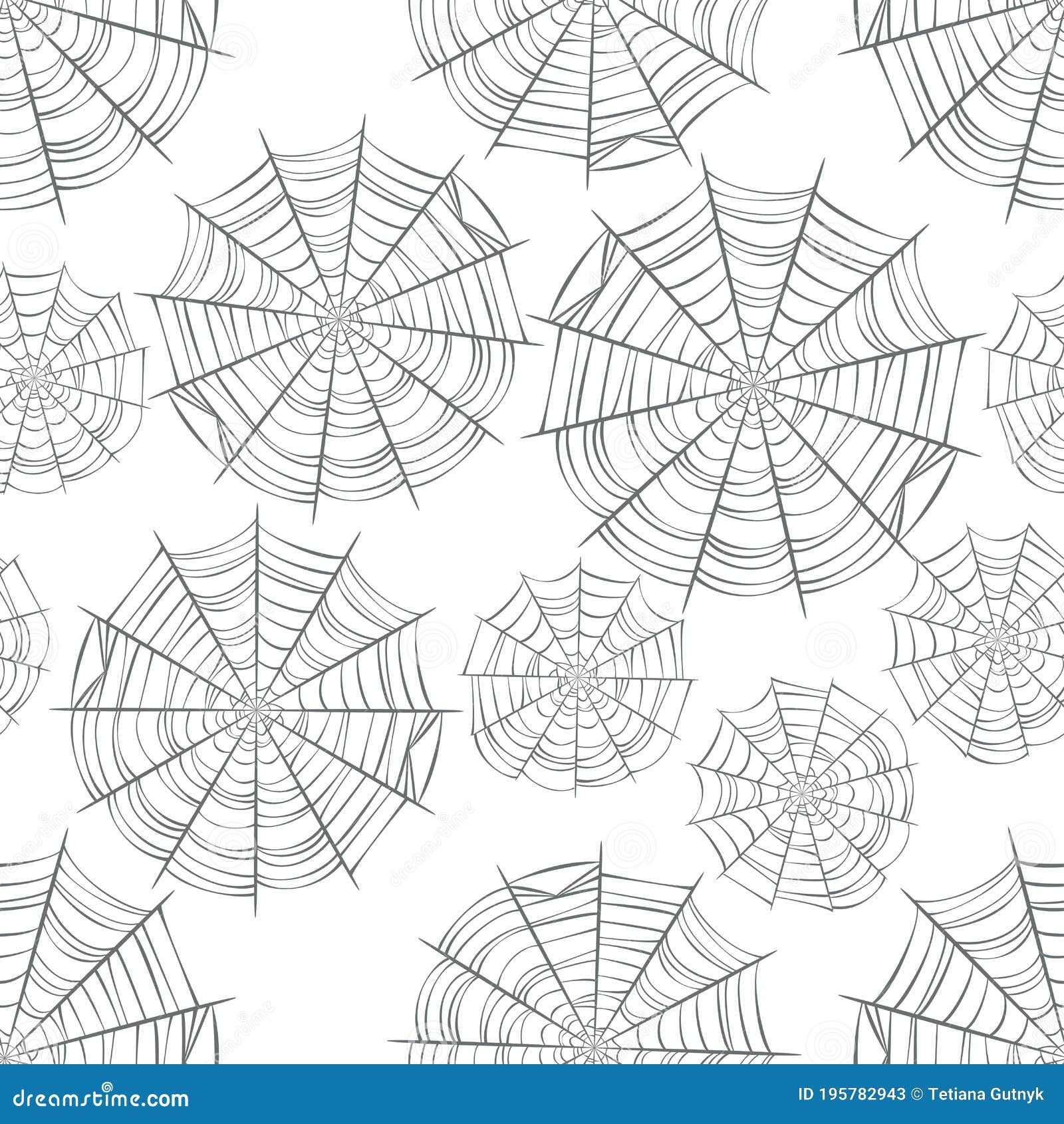
Tangle Webs – Also called cobwebs, these webs look like haphazard constructions, but they still do the job! Most cobwebs are created by the Theridiidae family of spiders.Other spider families that spin these webs are the Tetragnathidae and Uloboridae groups. As the adhesive spiral is set into place, the spider removes the guide spiral. These mini-masterpieces are actually crafted with two spirals – the first is a non-sticky “guide” spiral, the second is one with adhesive. Spiral Orb Webs – Featuring the classic spider web design, spiral orb webs are usually constructed by spiders in the Araneidae family.In general, there are five main types of bait-style webs: These webs are meant to capture insects as they land or fall off of another object, such as a plant the insects were feeding on.Īlong with placement, there is another characteristic that can help you identify a spider by its web – the web’s overall shape. Horizontal Webs– Another option for some spider species is to build a web that stretches out horizontally like a carpet.This increases the chance of catching flying insects. Vertical Webs – Most spiders spin a web that is suspended vertically.Some spiders are smart enough to place these open webs in high-traffic areas – such as near a nighttime light or in a window that’s illuminated. These webs are used to capture prey that accidentally flies or hops onto its surface. Open Webs – Webs that are out in the open usually have the classic spider web design most people are familiar with.Hidden Webs – Some spiders use their webs as a shelter and hide them in out-of-the-way areas for use when they need to rest.When observing a spider web, take note of where the web is placed, because that can help you with its ID later on: In fact, some spiders don’t even use webs to hunt – their webs are used to create shelter or to protect delicate eggs. Spider species use their webs to hunt in different ways, so location is key to capturing a meal. The first thing to consider about a spider web is where it’s located. However, hobo spiders don't spin these types of webs! This orb weaver spider, for example, has a fiddle-shaped marking that some people may mistake for a hobo spider. Some spiders look a lot like other, more dangerous spiders.

With such information, you will also know to set out TERRO® Spider & Insect Traps or to treat an area with TERRO® Spider Killer Spray, both of which can help you get rid of spiders – whether they are dangerous or not. Certain web types, for example, can indicate the possible presence of a dangerous spider. With those dangerous spiders in mind, it’s important to take a moment before brushing a web away to inspect it.

#FLAT SPIDER WEB WALLPAPER SKIN#
Other spider bites can result in rashes and other skin irritation. North America’s “Big Three” spiders – black widow, brown recluse and hobo spiders – have venomous bites that can be harmful to people and pets. Most will clear spider webs and cobwebs out of unused areas and sweep them from corners.Īside from the cleanliness issue, spiders can be dangerous. To them, allowing webs to linger is the sign of a messy house. But the rest of the year? Webs – whether they’re fake or real - aren’t so welcome.Įveryone knows spiders can help keep pests under control, but to some people, spiders and their webs are the pests. When Halloween rolls around, we’re eager to decorate our homes with spider webs.


 0 kommentar(er)
0 kommentar(er)
